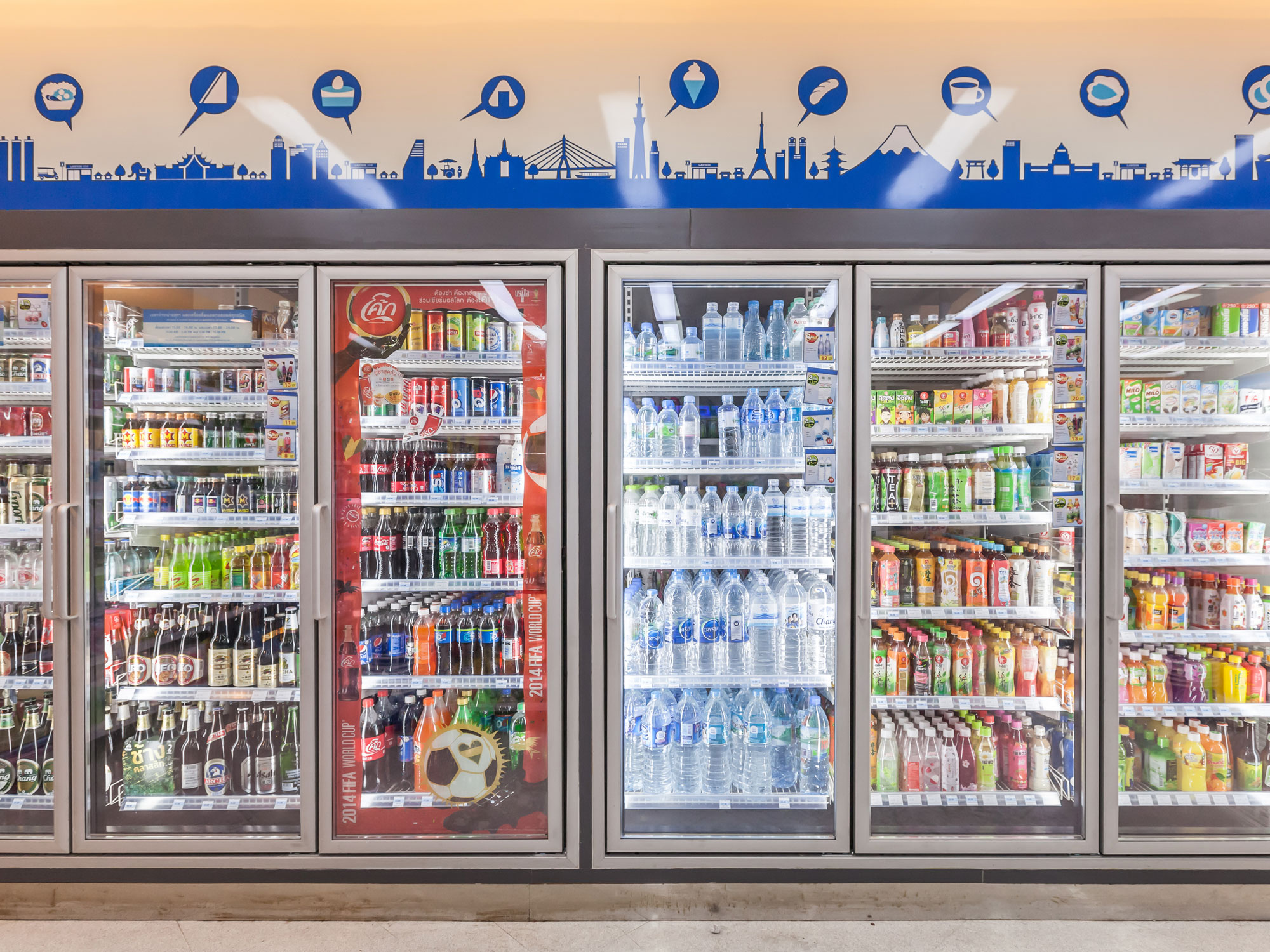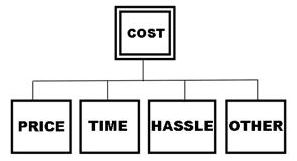‹ INSIGHTS | RETAIL BETTER BLOG
PSYCHOLOGY OF THE STORE EXPERIENCE - PART 1: WHY A CONSUMER SHOPS
June 16, 2015 by Craig Neuhoff – It has been said that 70% of purchase decisions are made in-store. In 2012, a Point of Purchase Advertising International (POPAI) study went even farther and said 76% of grocery shoppers make purchase decisions in-store. All of which points to in-store marketing as one of the most powerful and persuasive mediums available. We wanted to better understand “how” a consumer arrives at his/her decision so we consulted the definitive book on the subject, “The Cognitive Psychology of Shopping and in-store Marketing” by Hugh Phillips, PhD.

Cognitive psychology addresses how the consumer processes information in-store and how to translate that into an effective in-store strategy. To quote Dr. Phillips: “Battles may be won in print… but the war is won in-store at the point of purchase.”
We will explore the psychology of shoppers and address in-store strategies that make the most of these insights in a four-part series:
Part 1: Understanding WHY the consumer shops
Part 2: Understanding HOW the consumer shops
Part 3: How in-store decision making affects merchandising
Part 4: How to merchandise your store effectively
Part I: Why a consumer shops
It starts with our differing perceptions of value.
What retailers believe…
- It’s all about price. The more you reduce the price, the more you sell. However, this is a short-term solution because it damages the bottom line.
- Value is the quality of the product divided by the cost of acquisition. This is not as simple as it seems either, where you can simply manipulate one to raise the other.
Consumers, on the other hand, believe that value is not just about the ticket price but also the personal cost in terms of time and effort expended.
What consumers also consider…
- You’ve seen the growth of time-saving, prepared meals and pre-packaged convenience items across all categories. “Consumers no longer feel guilty about taking advantage of time-saving alternatives. They embrace a convenience lifestyle, supported by products that save them time to enjoy their families,” says Kim Feil of Worldwide Innovation, Information Resources Inc.
- At times, shopping can be stressful and tiring, e.g., getting the holiday shopping list done.
- This could mean credit/payment terms, return policy, quality and how am I going to get this item home.

Where shopping is a pleasure…
With more and more product overlap among stores, price alone isn’t enough to make a difference. The shopping experience itself meets social and psychological needs:
- Social: A way to be with friends or family
- A diversion when bored or lonely
- People may enjoy the colors, sounds, smells and sensory stimulation
- Cultural: Shoppers feel like they can identify with a group who has the same interests
- Fantasy and fun: Window shopping and fantasizing about purchases currently beyond reach
- Bargaining: In the Middle and Far East, haggling is a tradition. In Western society, some people enjoy the thrill of the hunt for a “deal” to feel like they beat the system
- Status: I’m getting the latest and greatest item before others do
Also consider: the new consumer is…
- More demanding: They know they’re in charge
- More individualistic: Less likely to be swayed by the media or peer pressure
- More experience-oriented: The market is saturated; people seek an experience as well as a product (this is especially true of Millennials)
- More time-constrained: People work longer hours and guard their leisure time.
Motivation to shop also varies on the nature of the shopping trip, and it can even vary in different areas of the store. For example, the consumer may want to be indulged and pampered in the beauty product section and experience the ultimate efficiency in the canned goods area of the store.
Next time: Understanding how the consumer shops!




